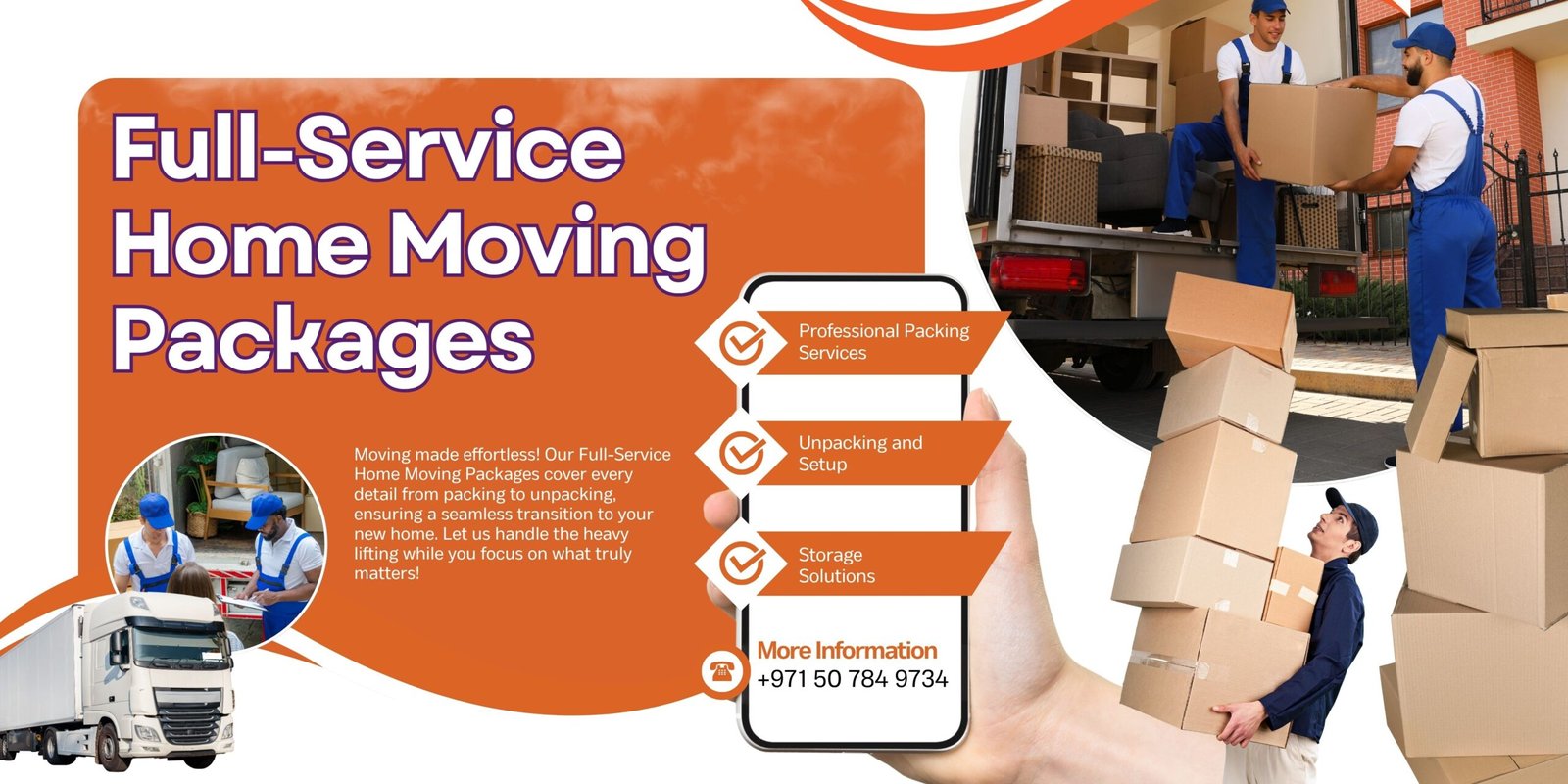One of the smartest moves a business in the UAE can make today is investing in employee mobility!
It’s not just about sending staff overseas or shifting teams across departments. While international assignments and promotions are part of it, employee mobility is a much broader concept that fuels growth, agility, and talent retention—especially in dynamic hubs like Dubai.
Think of it like a chessboard—moving the right pieces at the right time creates winning strategies. In fast-growing markets such as the UAE, mobility helps businesses stay competitive by placing the best people where they’re needed most.
Before you dive into relocation plans or partner with international moving companies, it’s important to understand what employee mobility really means in this regional context. So, we’ve broken it down—plus the key types that every business should know—to help you navigate smarter corporate moves in Dubai and beyond.
Employee Mobility Definition
Employee mobility is more than just transferring an employee from one office to another — it’s a strategic approach to placing the right talent in the right place at the right time. Whether it’s a promotion, a department change, or an international assignment, mobility ensures your workforce moves in sync with your business goals.
In simpler terms, employee mobility is how companies enable their people to grow, relocate, or shift roles to support both personal development and organizational success.
Here’s what employee mobility can include:
- Internal Moves – Promotions, transfers, or lateral moves within the company
- External Relocation – Assigning employees to a different city, emirate, or country as part of their role or career growth
- Short-Term Assignments – Temporary project-based relocation
- Remote Work Transitions – Allowing employees to shift to hybrid or remote roles across regions
It’s a win-win strategy when done right — employees grow, and companies thrive.
Key Employee Mobility Types
Employee mobility comes in different forms, each serving a unique purpose depending on the business need. Whether it’s moving talent within the company or across borders, understanding the key types of mobility helps you plan better and support your workforce effectively.
Let’s take a closer look at the three main types that businesses in Dubai should know.
Type #1: Internal Mobility
Internal mobility is the easiest place to start when it comes to employee mobility. It refers to moving talent within the organization—across departments, roles, or even locations—without changing the employer. In a fast-paced business environment like Dubai, internal mobility allows companies to retain top performers while filling skill gaps efficiently.
Let’s discuss some key sub-categories of internal employee mobility:
- Promotions – Advancing an employee to a more senior role in recognition of their contributions and growth potential
- Lateral Moves – Shifting employees to new roles at a similar level to expand their skills and experience
- Department Transfers – Shifting employees between departments to meet organizational needs
- Location Transfers – Moving employees between offices or branches within the UAE or across regions
Type #2: External Mobility
External mobility involves relocating employees outside of their current location — whether it’s to a different city, emirate, or an entirely new country. This type of mobility is especially common in global business hubs like the UAE, where companies often expand regionally or internationally and need to move talent accordingly.
Here are the main forms of external mobility:
- Domestic Relocation – Moving employees to another city or emirate within the same country (e.g., from Dubai to Abu Dhabi)
- International Relocation – Transferring employees to a company branch or office overseas
- Permanent Transfers – Long-term or indefinite relocations tied to strategic roles or expansion plans
- Repatriation – Helping employees return and reintegrate into their home country following an international work assignment
Type #3: Global Mobility
Global mobility is a more advanced form of employee mobility — and it’s a game-changer for companies operating across borders. It focuses on managing the movement of employees between countries, often involving international assignments, leadership rotations, or long-term relocations. In global business centres like Dubai, where talent flows in and out from around the world, global mobility is key to staying competitive.
Here are the main aspects of global mobility:
- International Assignments – Short- or long-term projects that require employees to work abroad
- Cross-Border Transfers – Relocating employees to global offices or subsidiaries
- Expat Management – Assisting international employees with their move, accommodation, and settling-in process
- Global Mobility Programs – Company-wide policies and frameworks to manage international moves consistently
Tips for Adopting Employee Mobility
Now that you know the key types of employee mobility, the next step is putting them into action. Whether you’re relocating talent within the UAE or planning global moves, here are some practical tips to get started:
- Define mobility guidelines, eligibility, and support structures so employees know what to expect.
- Choose experienced international moving companies that understand corporate relocation logistics.
- Cover essentials like housing, schooling, and visa assistance to ease the transition for employees and families.
- Use specialized mobility software to streamline tracking of assignments, expenses, and regulatory requirements.
- Provide cultural and practical training to prepare employees for smooth adjustments, especially when relocating internationally.
- Maintain regular check-ins before, during, and after the move to support employees emotionally and logistically.
- Track the success of mobility programs and refine your approach based on feedback and business results.
Conclusion
Employee mobility isn’t just a buzzword — it’s a smart, strategic move for businesses looking to grow, retain talent, and stay competitive. From internal shifts to international relocations, each type of mobility plays a vital role in building a flexible and future-ready workforce. We also shared actionable tips to help you adopt mobility smoothly, with the right support in place.
Need expert help with your next corporate move? The Move It offers tailored relocation solutions to make employee transitions seamless and stress-free. Call us at 800 668348 and let’s simplify your workforce mobility strategy, together!


Comments are closed.